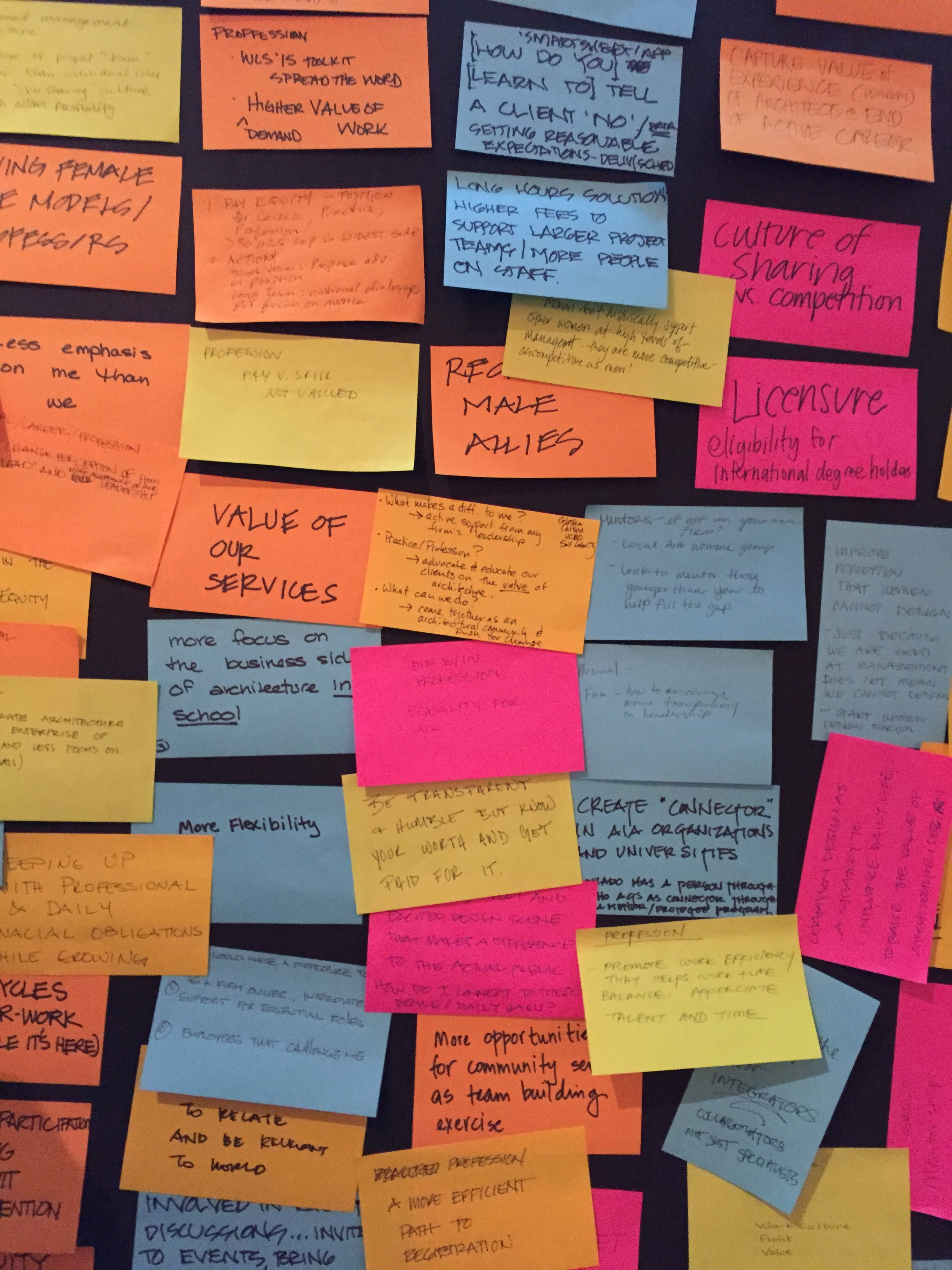By Rosa T. Sheng, AIA
This weekend, I joined 325 Women (and a few good men) from around the nation and beyond (including Australia & Egypt!) for the 5th edition of the AIA Women’s Leadership Summit hosted in Seattle. The 2-day summit's theme: Celebrating Women Leaders, Creating Cultural Change was envisioned for women in positions of leadership as well as aspiring leaders. The sessions of the event focused on supporting women in leadership by providing a forum to recognize, inform, and champion the work being created by women in architecture. Founded the BSA Women's Principals' Group in 2009 under the leadership of Sho-Ping Chin (1953-2015). A memorial video was shown as part of the tribute of her legacy.
Past sessions include the following themes:
- 2009 - Chicago, IL: Stories of the paths of leaders in our profession
- 2010 - New York, NY: Cultivating the next generation of leaders
- 2011 - Kansas City, MO: Suggestions for our own paths within and toward leadership
- 2013 - Phoenix, AZ: Ideas redefining leadership toward greatest impact
Having attended the last WLS is Pheonix in 2013, there were many familiar faces and many more that were attending for the first time. And then there were many “virtual faces” - those I have known first through social media or planning work for this event – finally united - face to face. From the many people I was fortunate enough to meet, there was an authentic warmth and tangible passion that became the common thread connecting the diversely brilliant pearls -backgrounds, journeys, and achievements - of our veritable profession.
Kate Schwennsen, FAIA slide comparing then and now
This year, there were 5 Sessions with 20 speakers and 8 special guests including AIA National CEO Robert Ivy, FAIA, 2016 President Russell Davidson, FAIA, and Beverly Willis, FAIA. I was excited to be part of the National Planning Committee and one of the speakers for Panel Session 1: Defining the Problem, Crafting the Solution. The first day was kicked off with a retrospective Keynote by AIA National former President, Kate Schwennsen, FAIA, "You Can't Just Add Women and Stir" with data comparisons from 1973 thru 2014, while highlighting 2009's first summit and current data. As Sean David Burke of ARCHITECT magazine pointed out, the number of women in leadership positions in many leading US firms has remained flat. Session 1 speakers Justine Clark of Parlour, Carol Wedge, FAIA, Principal of Shepley Bulfinch and I spoke about research findings and personal anecdotes to clarify challenges that women still face attaining advancement and recognition.
"Are we losing the battle?" We will not lose if we collectively act together.
The question I posed during my presentation along with The Missing 32% Survey findings was "Are we losing the battle?" Theoretically, if we choose to do nothing, given the statistics (we know about the percentage of licensed women AIA members is approximately 18-19%) and in order to get to 53% - representing women in the US population - at the current rate of moving the needle it would take 80-90 years. In the analogy I often share, life is not far from imitating art. In Shel Silverstein's poem Melinda Mae, it took a little girl 89 years to indignantly eat a whale that she proclaimed. My challenge to us all is that we don't accept being the only one at the table, but that we band together, each with fork in hand ready to take our bites of delicious challenges with voracious appetites.
In the 2nd half of the session, we asked participants the following questions:
What are 2 things that you would like to change about yourself? your firm? the profession at large? What would you prescribe as a plan of action to make that happen?
Utilizing our experience from this year's EQxD "U" Workshop format, we asked participants to write their plans of action on a post it; then actively discuss these plans with others at their tables. There was an active buzz from many conversations and insights. At the end, the post-its were aggregated onto a board for further discussion throughout the symposium.
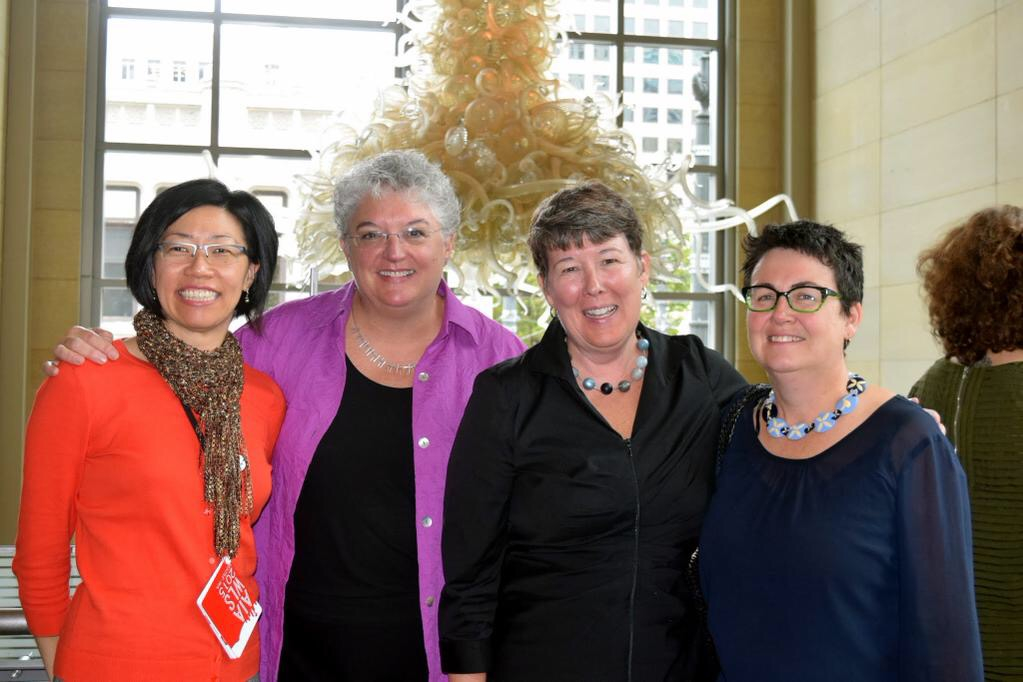

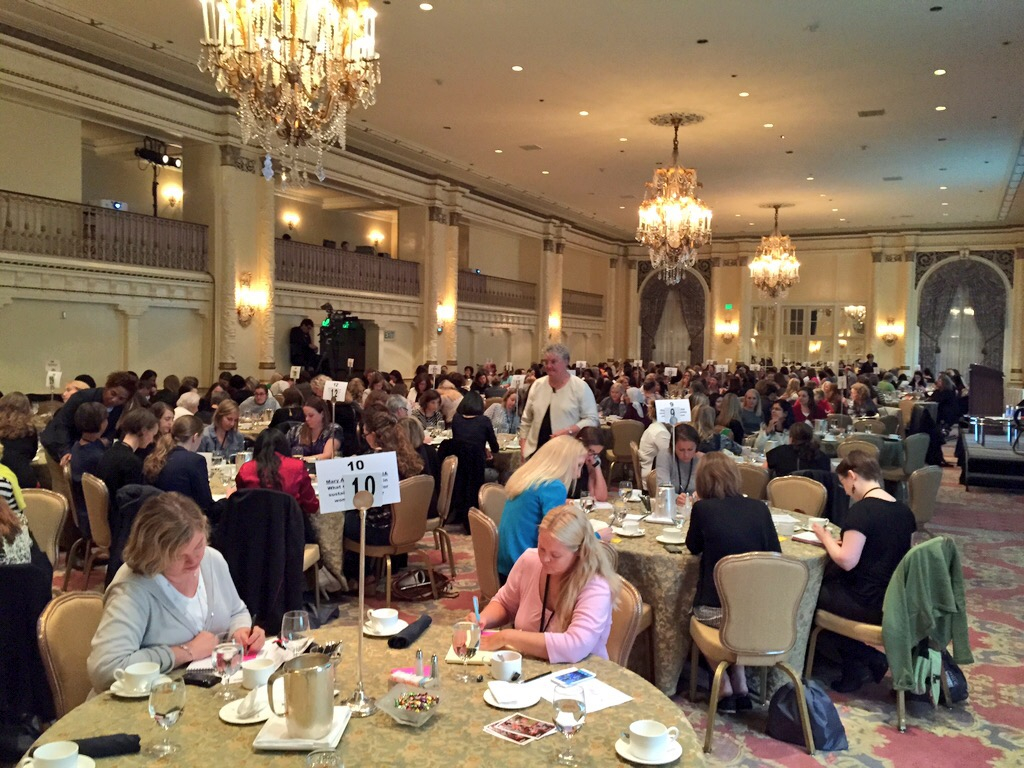
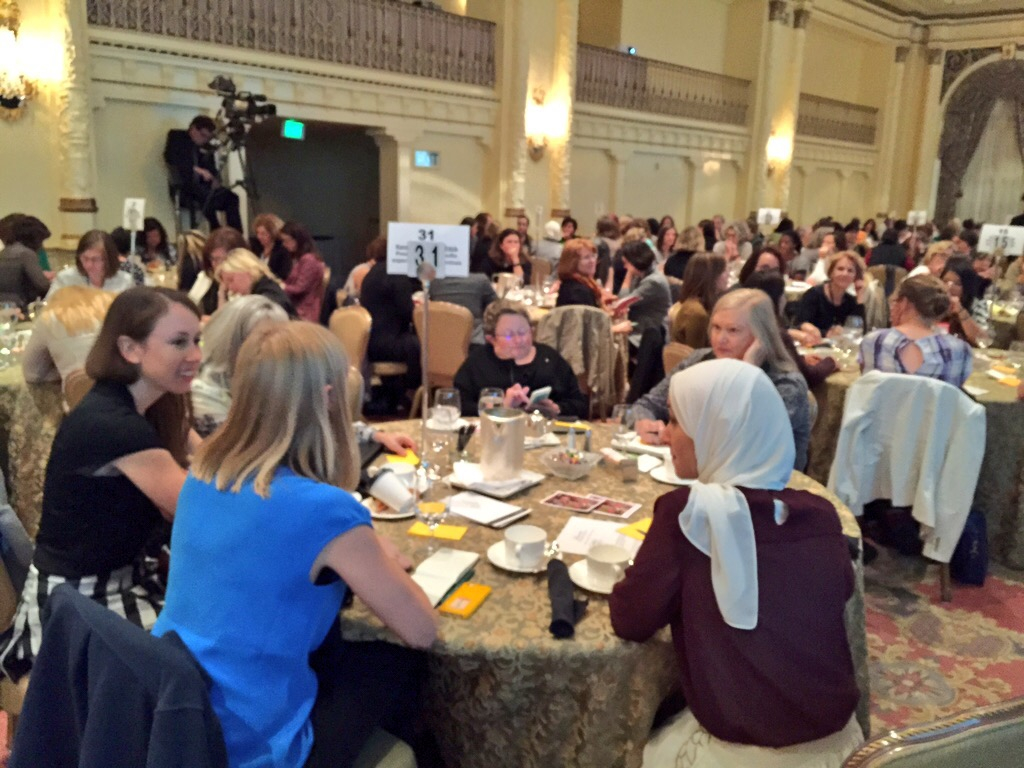
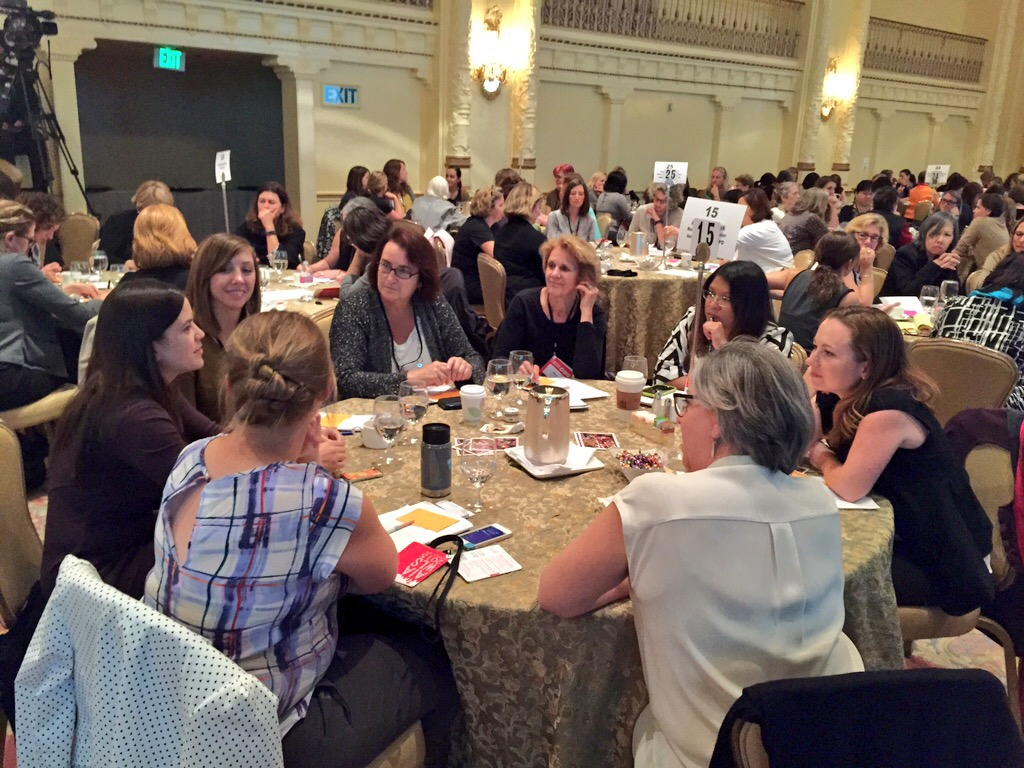
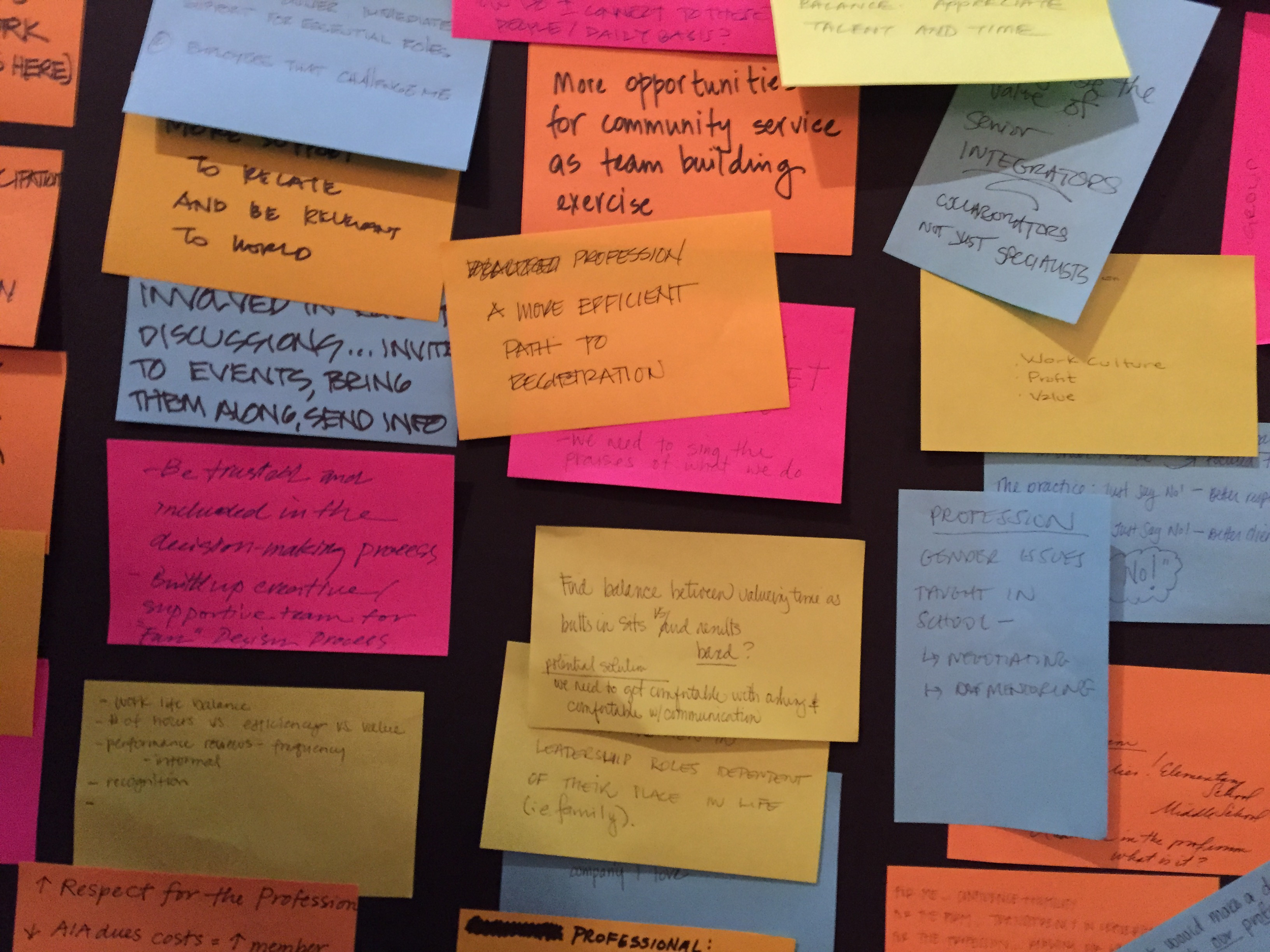
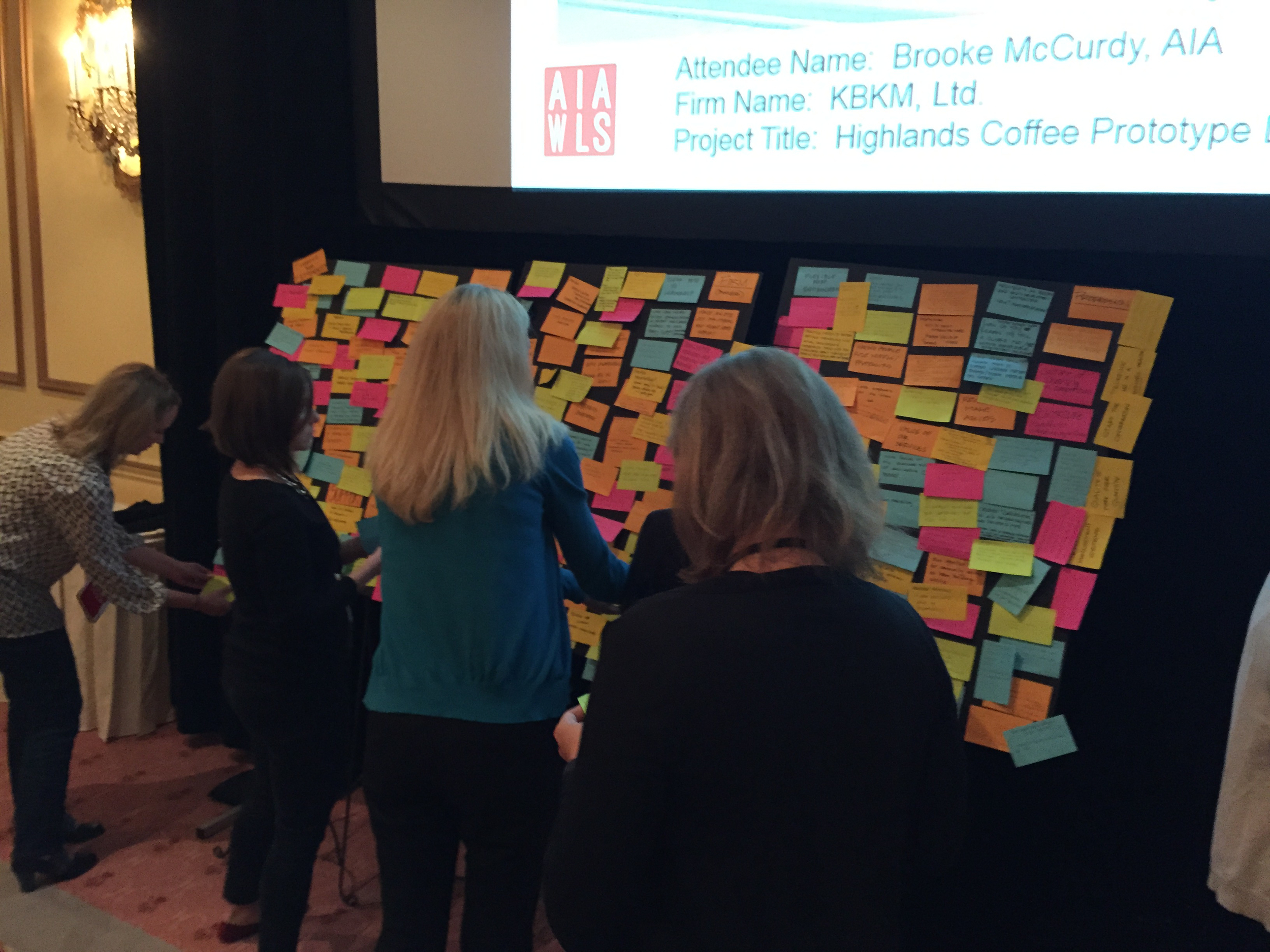
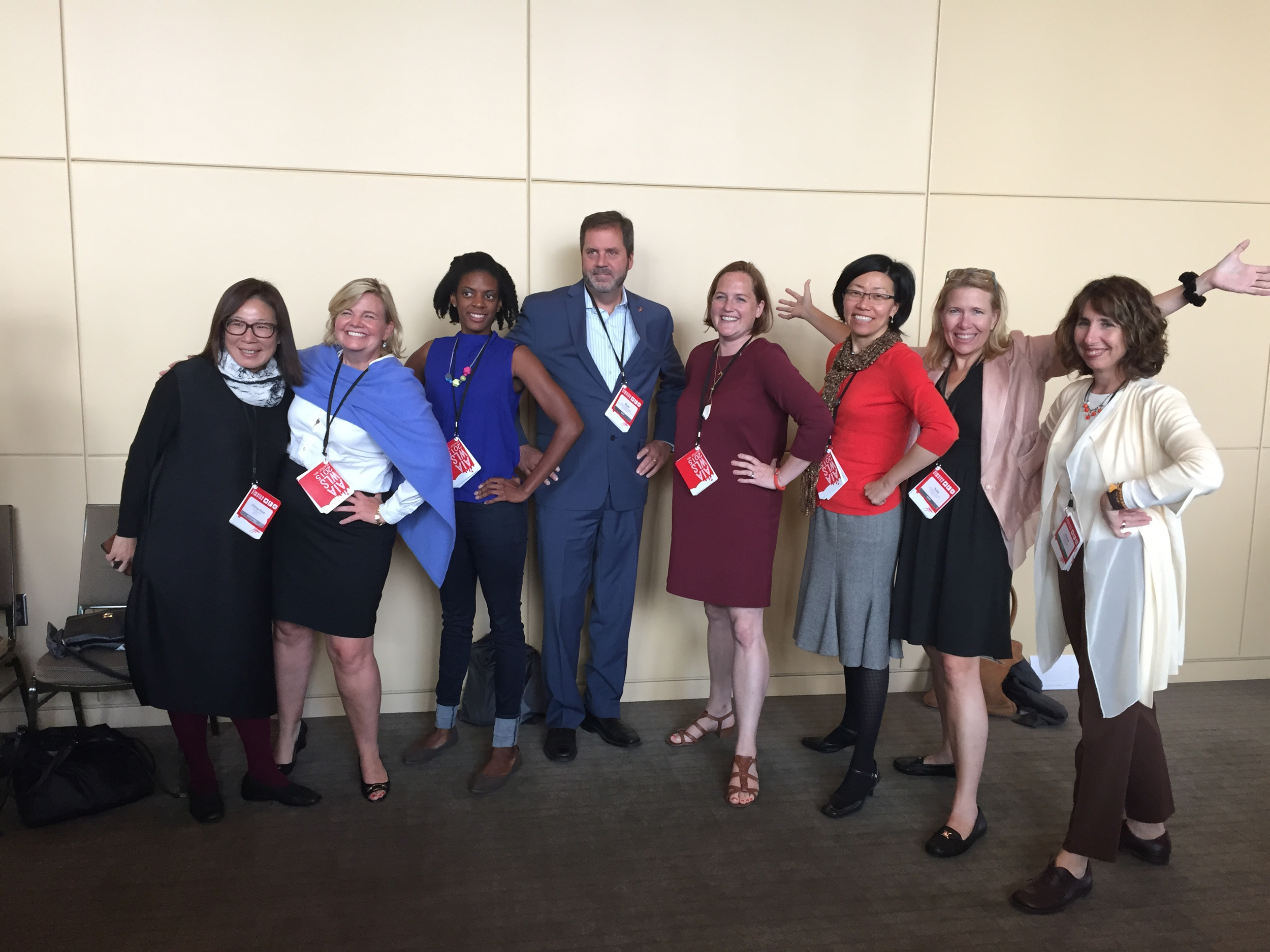

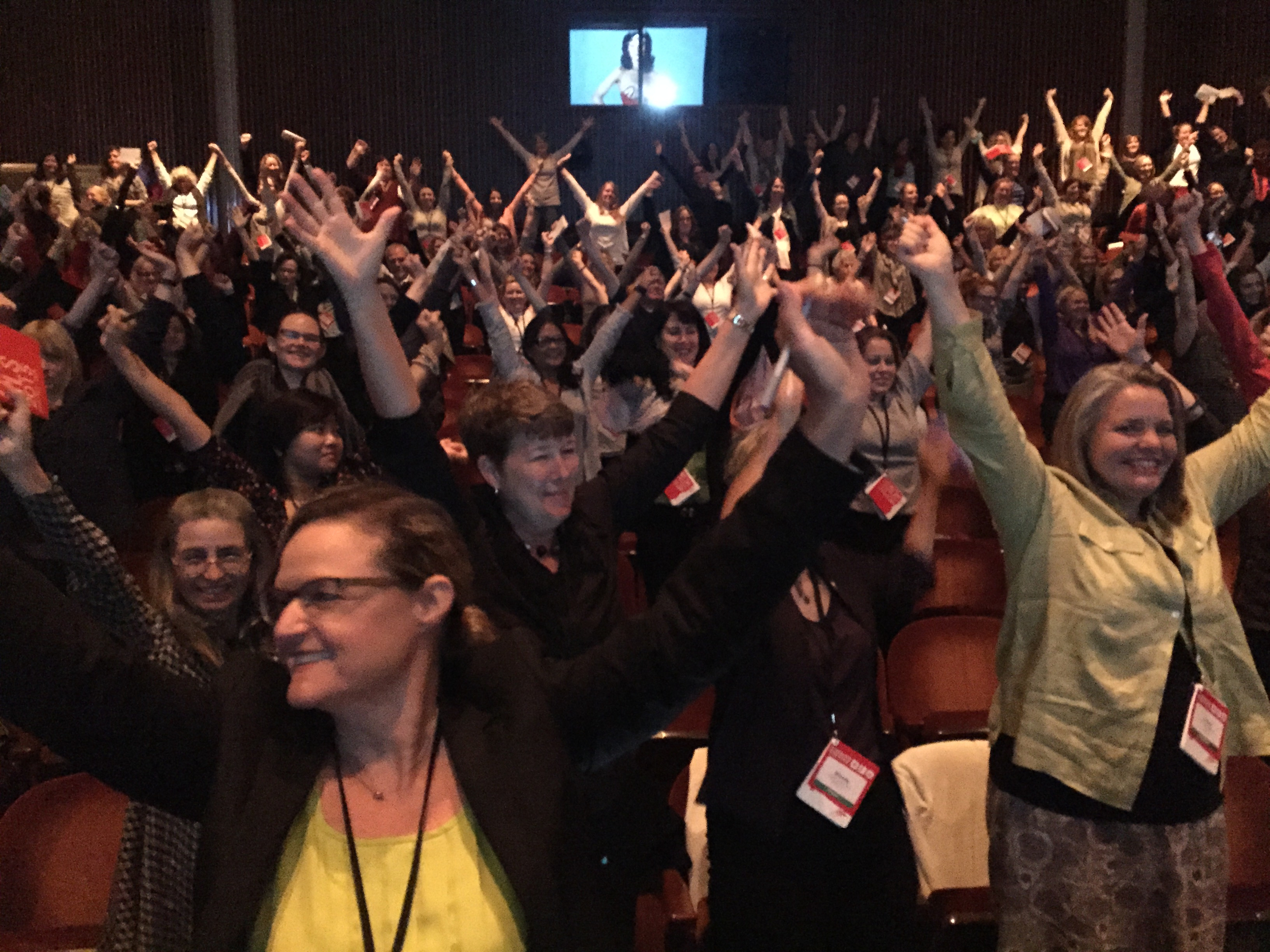


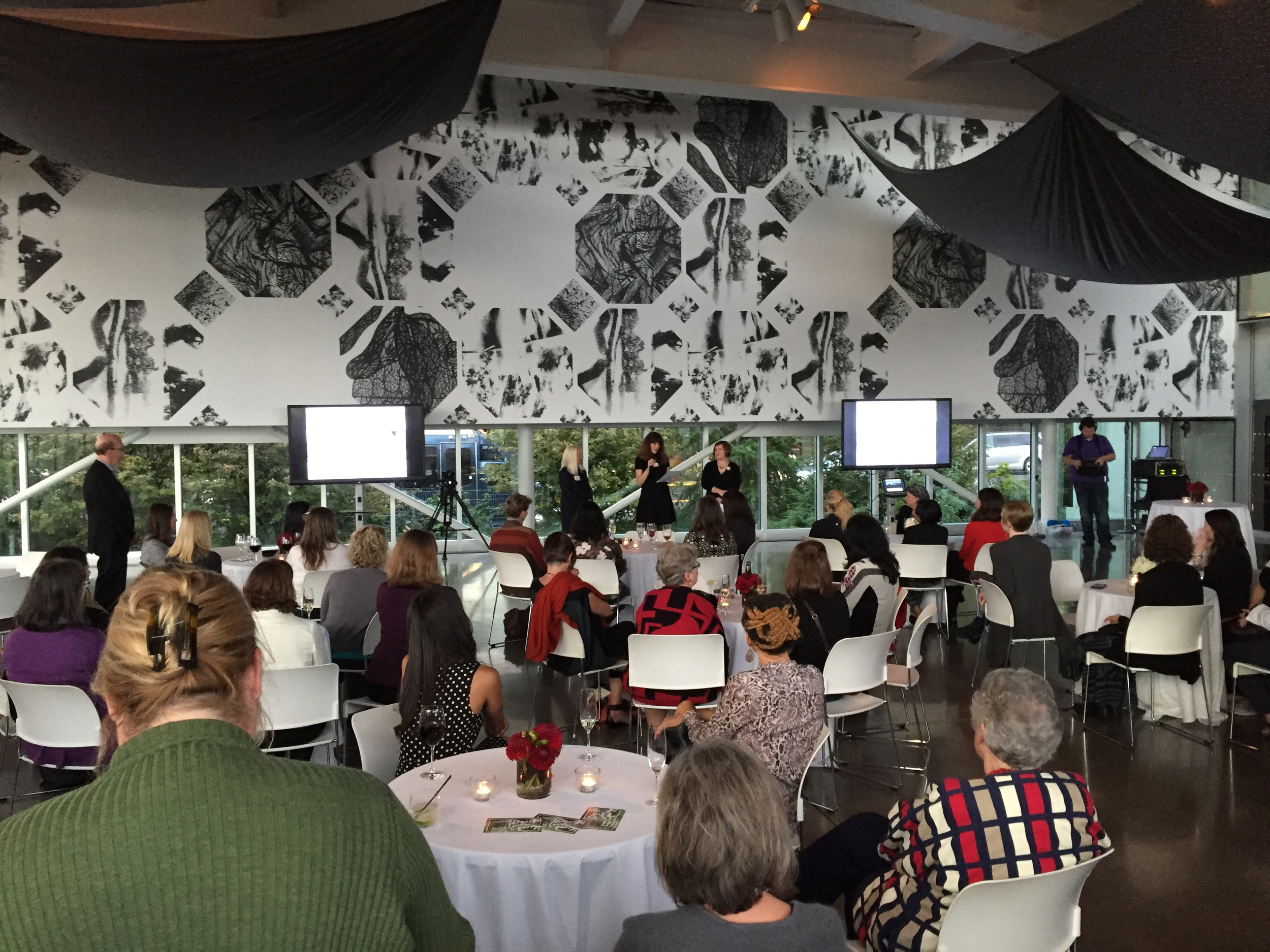
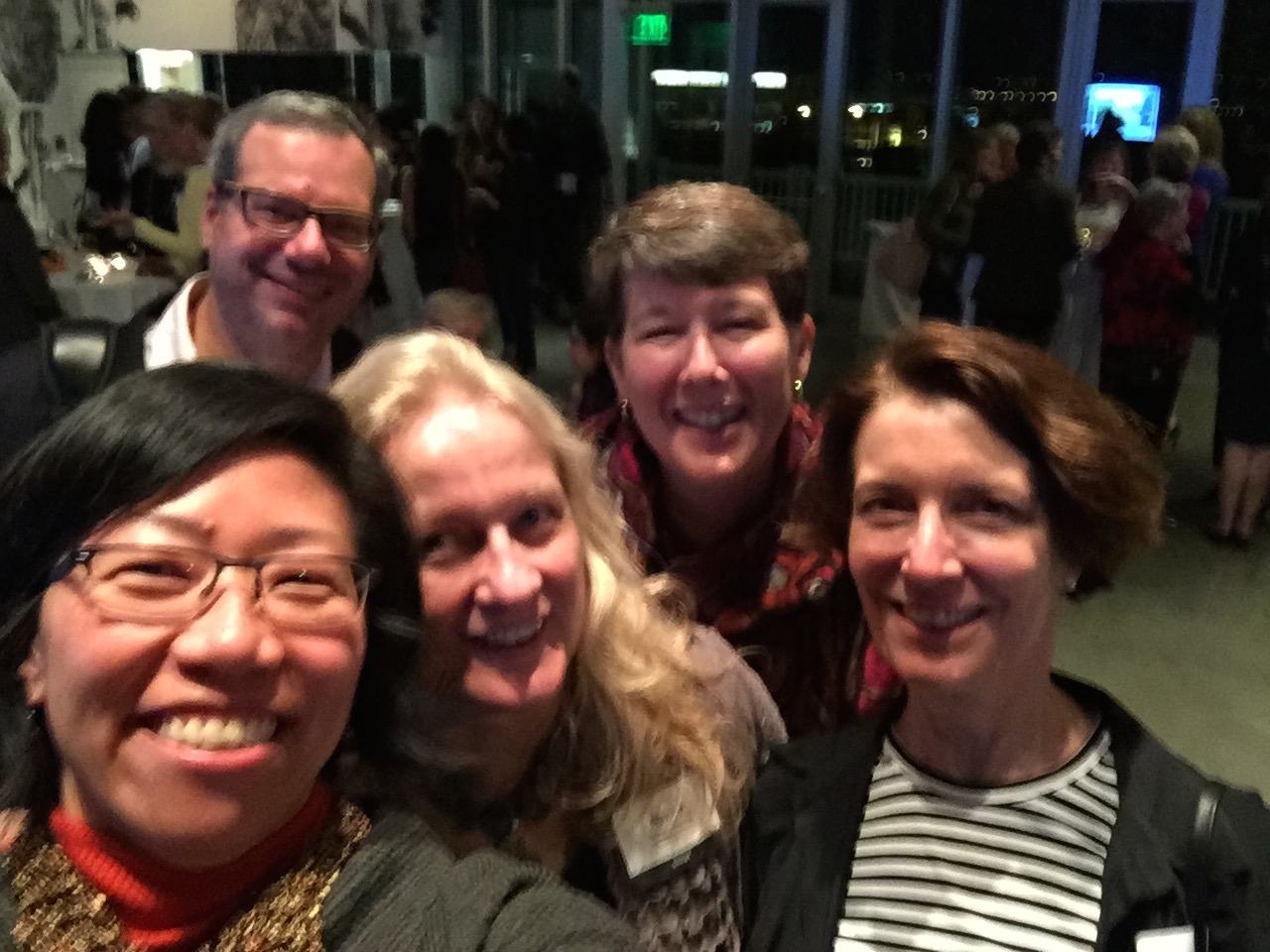
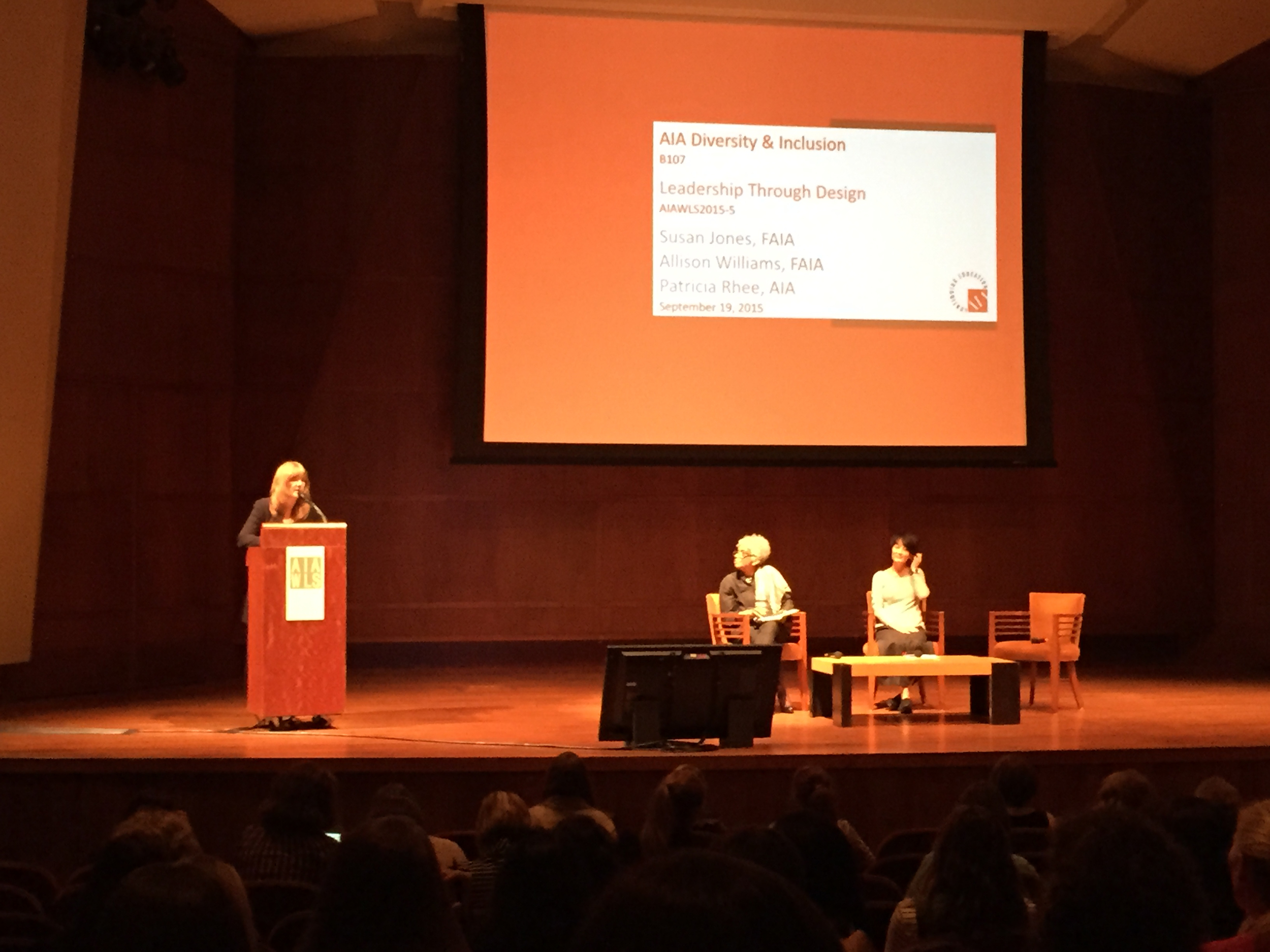
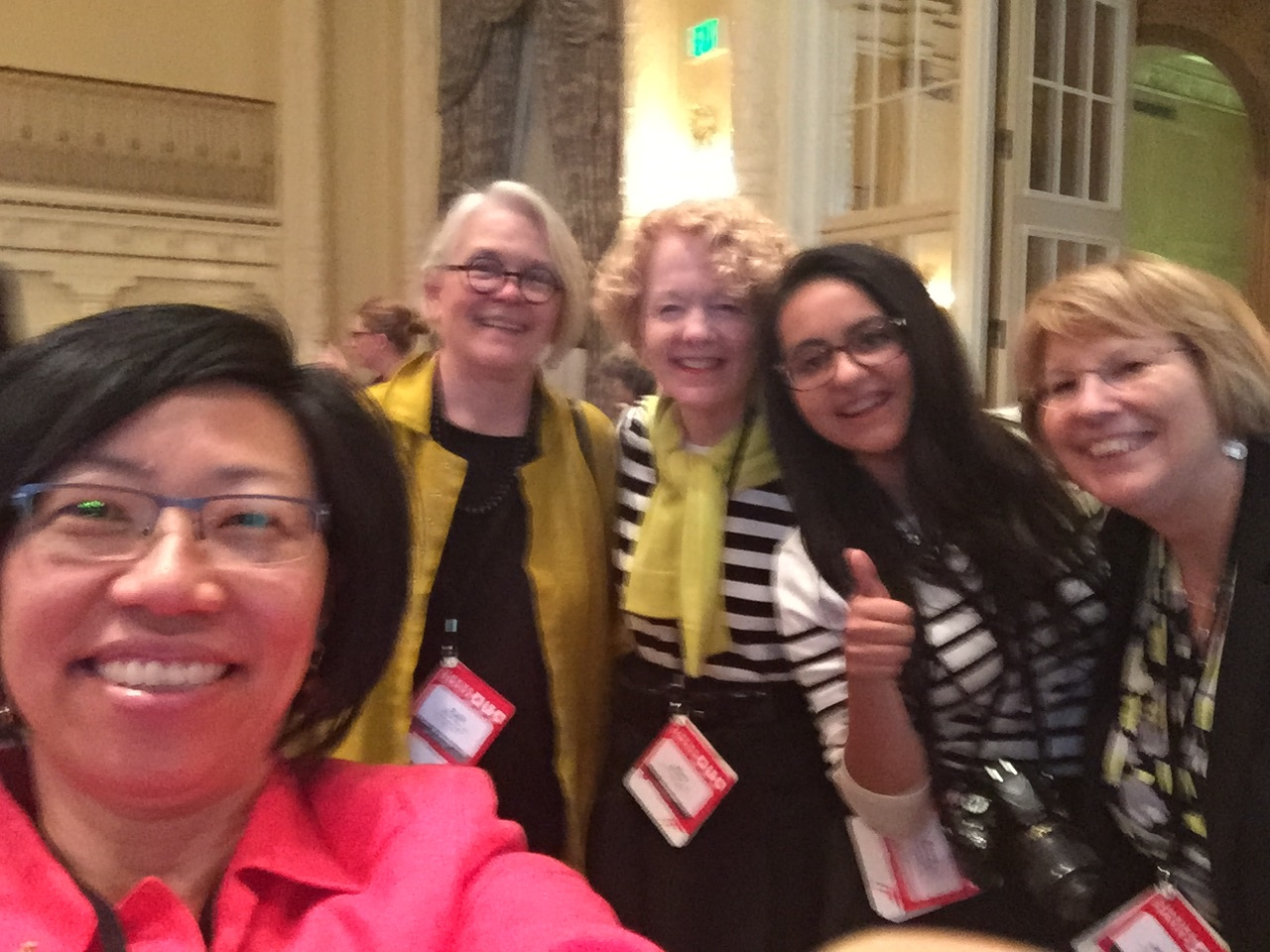

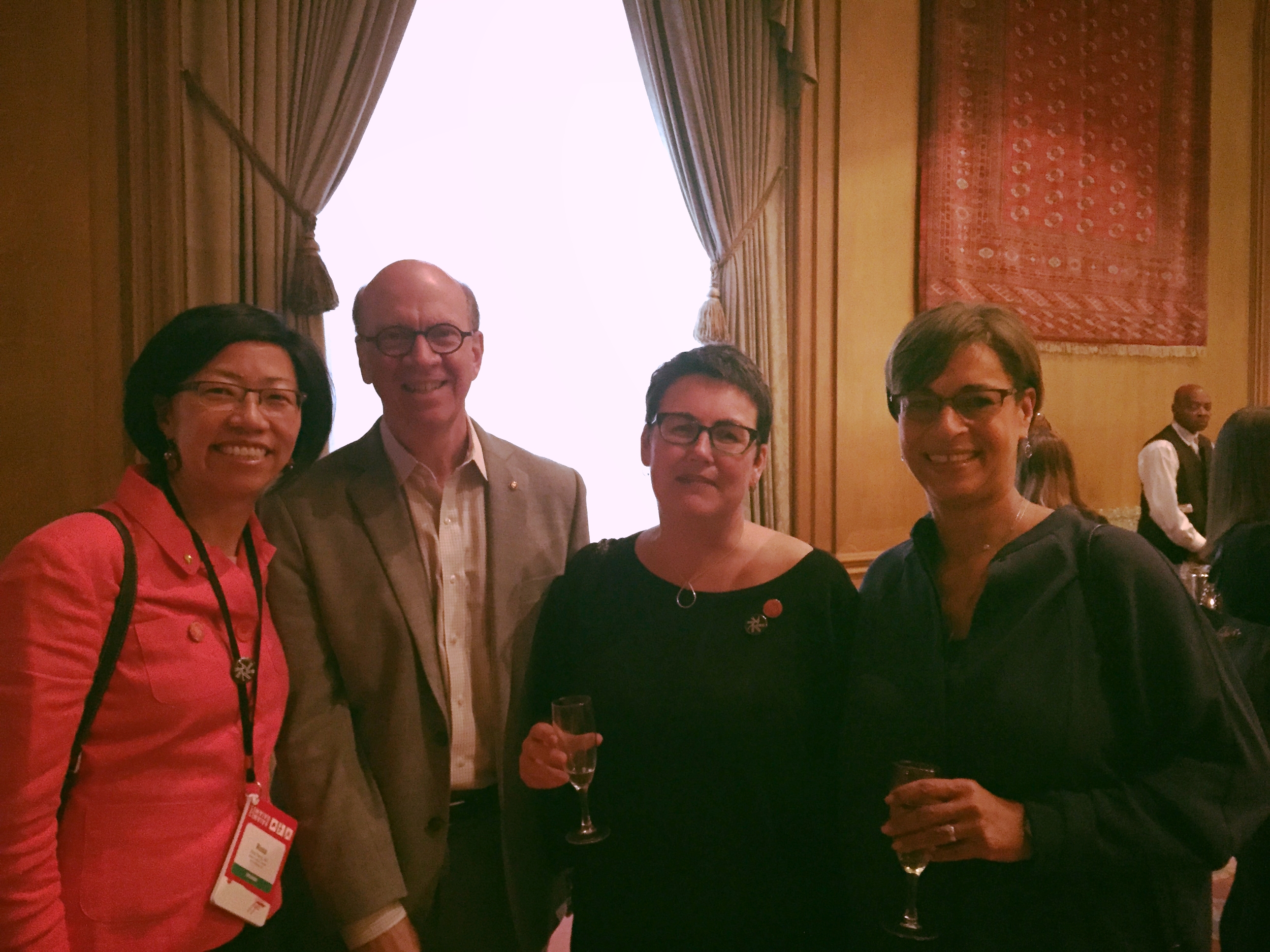
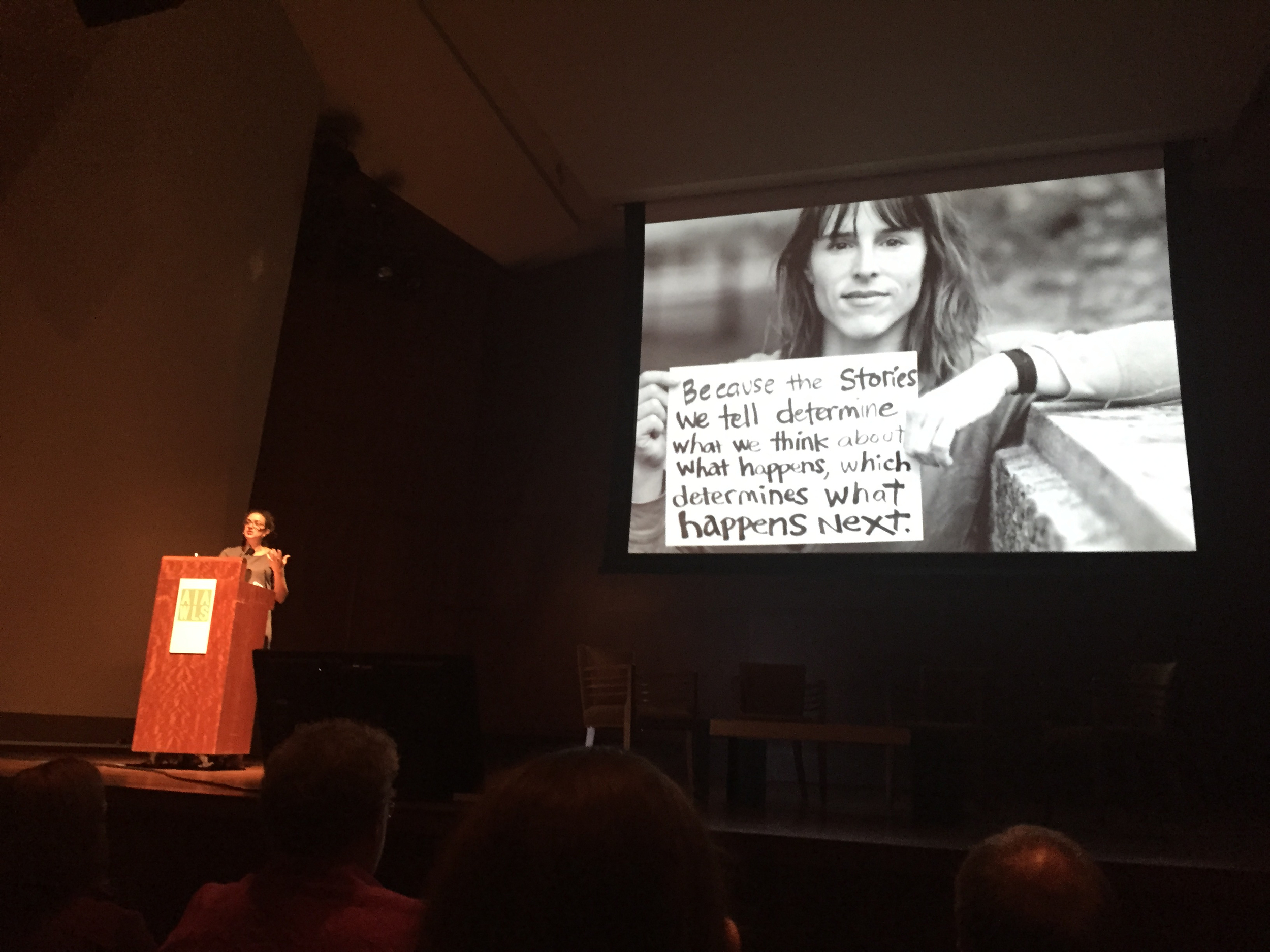

In real life, we can do the 5 following things to kickstart equitable practice, today:
- Embrace Technology - Leverage technology and social media to share our stories of Practice, promote resources, strengthen communication and support each other's initiatives for change. Join Twitter. Update your Linked In Profile. Start a Blog.
- Document, Document, Document - Take notes, Take photos, keep good records of projects, conferences, meetings, etc that will help tell your story. Submit your records to BWAF DNA. Write blog entries about events immediately after they happen and link to reference tools and resources. (Don't have the time to start your own blog? Write a guest blog for the Equity by Design blog!)
- Recognize - Help extract notable and inspirational women in architecture and write a Wikipedia entry so that we can create a legacy. Write about women contemporaries in architecture that you admire. Use the WiKiD guide developed by Justine Clark's Team at Parlour. Collaborate with other groups like SheHeroes.Org to expand our storytelling beyond our profession.
- Participate - If you don't see a panel with diverse participants including women and or people of color, speak up AND submit for future panels. Get on the selection committees that determine panels and awards. If you don't see women being recognized for awards or listed on project teams receiving awards, speak up AND submit for future recognition. You have to be in it, to win it. Buy your lottery ticket as proclaimed by Julia Donoho, AIA
- Advocate - Take action, start a group, start an initiative, start something that will move the needle. Use the Parlour Guides to Equitable Practice as a reference tool. Find others to build your tribe who will support you. Mentor future leaders and bring them with you. Become a Champion: be an advocate not only for underdogs, but for our whole profession. Celebrate and convey the value and power of design in everyone's lives. Equity is for Everyone, and Architecture is for Everyone.
There is so much more that I didn't get to cover here in terms of the other amazing speakers of the day and inspiring presentations. If you would like to catch up with the events of the entire summit, the following Storify curation of Twitter posts (Tweets) from the 3 days - and other write ups about the event:




